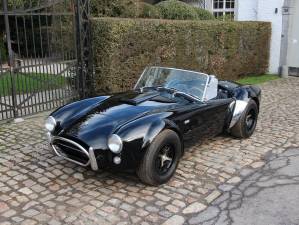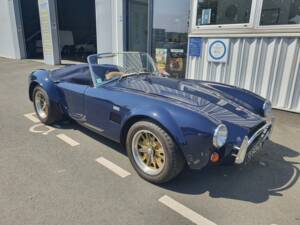- Car
- AC (28 offers)
AC Classic Cars for Sale
AC stands for British engineering tradition and motorsport spirit. Hand-built roadsters like the Ace, Aceca and Cobra, plus rare 2+2 models such as the Greyhound, set technical and stylistic standards with meticulously crafted aluminium bodies, agile chassis, and a lineup that ranges from six-cylinder classics to brutal V8-powered cars. Dive into a marque that forged its reputation at Le Mans, in the workshop and on winding roads alike.
Search results
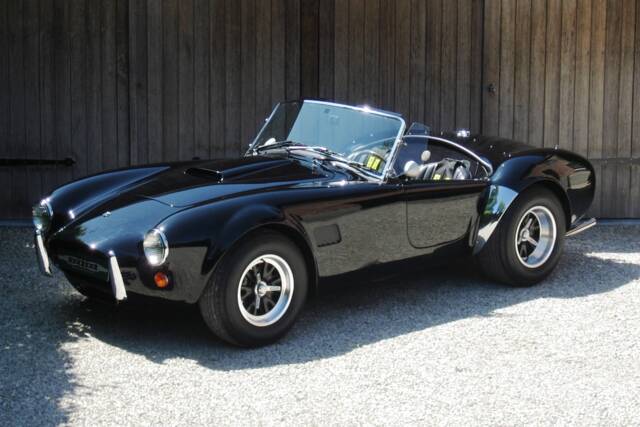
1985 | AC Cobra Mk IV
Converted to Lightweight spec by AC Heritage
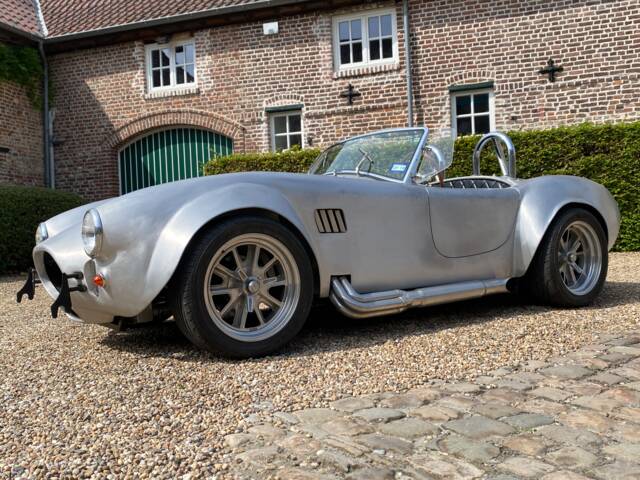
1967 | AC Cobra 427
5.7L - V8 - Aluminium carrosserie - automaat

1986 | AC Cobra Mk IV
Short Nose, SVO lightweight engine
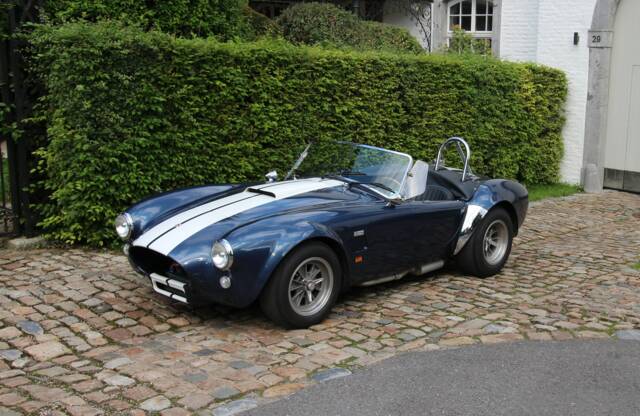
1985 | AC Cobra Mk IV
Roush Voll-Aluminium 351 cui Motor , über 500 PS
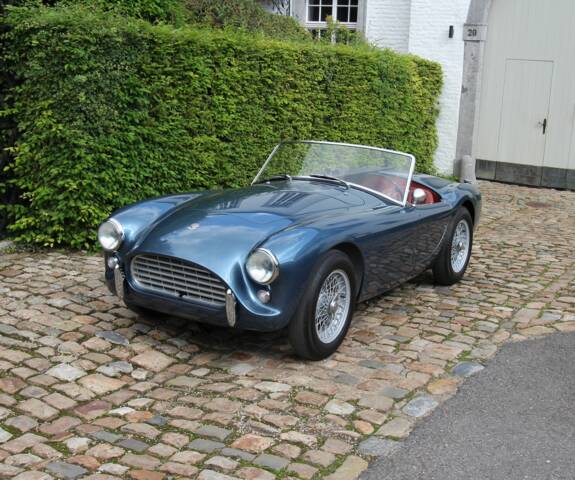
1957 | AC Ace Bristol
BEX 284 mit Renngeschichte, Mille Miglia fähig
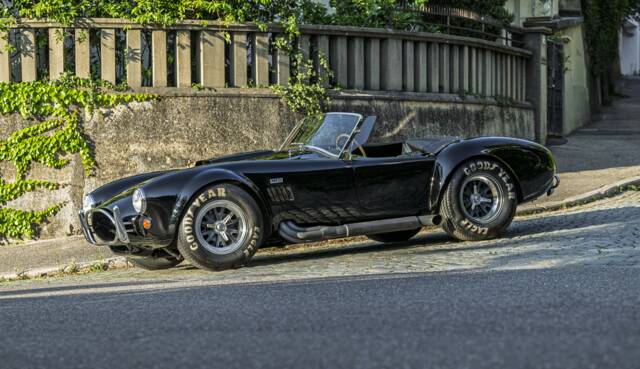
1965 | AC Cobra 427
Zustand 1-, Gutachten € 1200000
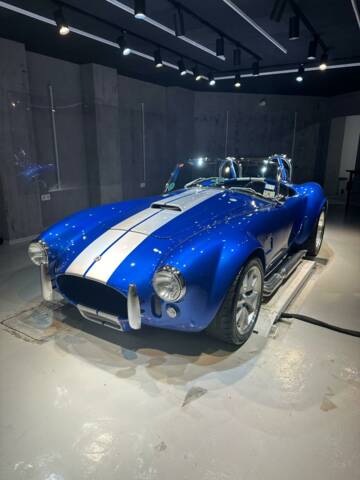

1982 | AC Cobra Mk IV
COBRA MARK IV ALUMINIUM RARE N°7 ex Buxbaum
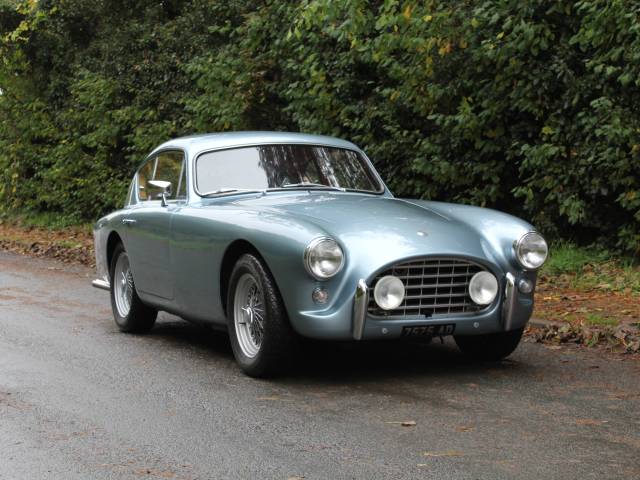
1960 | AC Aceca
1960 AC Aceca
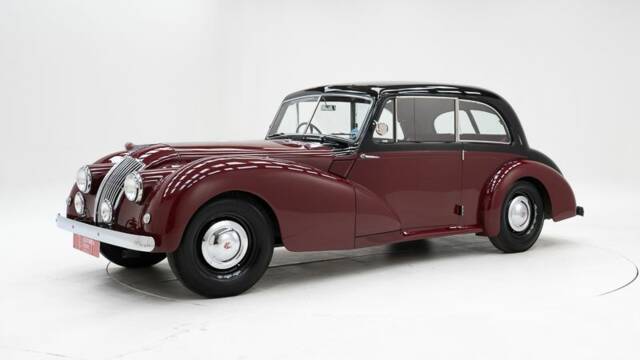
1952 | AC 2 Litre
1952 AC 2 liter Saloon '52
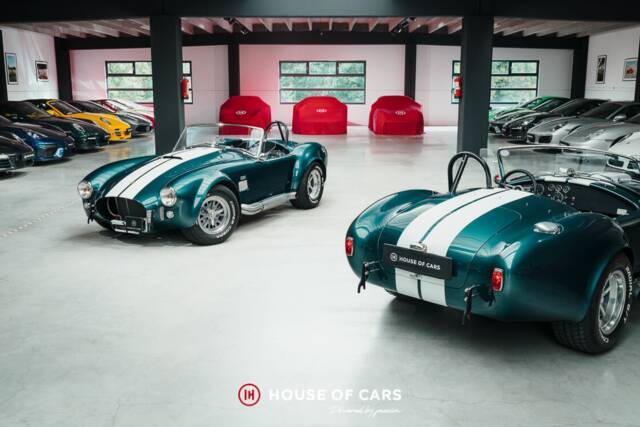
1965 | AC Cobra 427
uperformance S/C MkIII – Malachite Green
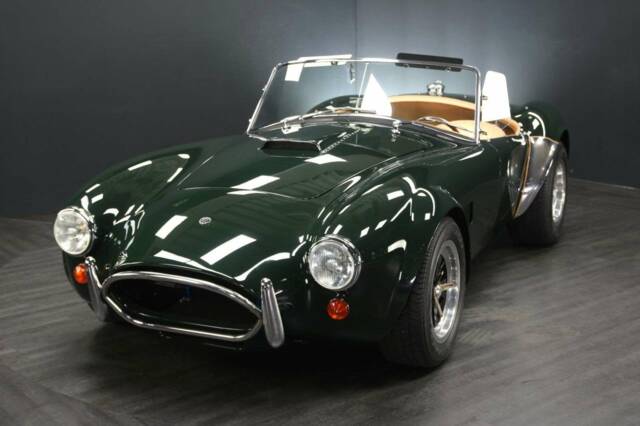
1989 | AC Cobra Mk IV
AC Sonstige
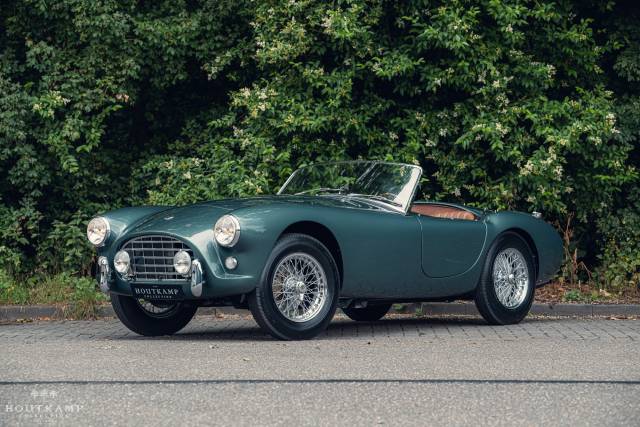
1959 | AC Ace Bristol
Desirable factory left-hand-drive example with powerful Bristol engine
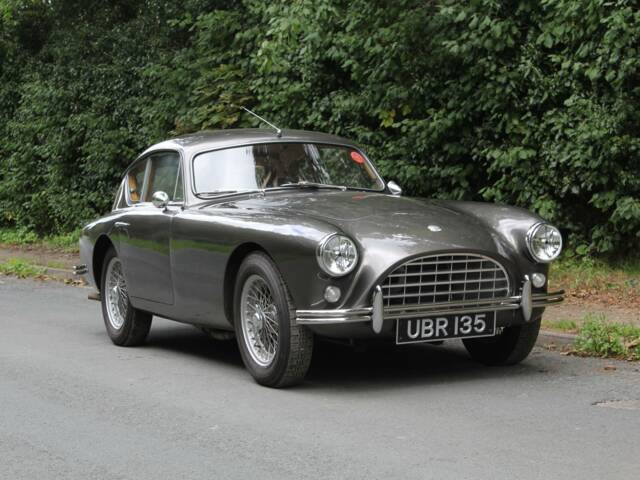
1958 | AC Aceca Bristol
1958 AC Aceca Bristol
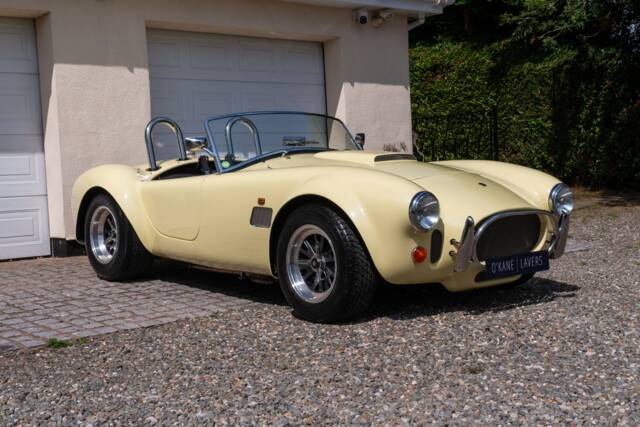
1999 | AC Cobra 289
Factory prototype and the only left-hand drive example built
History of AC – From Three-Wheeler to Motorsport Pioneer
Founded as Auto Carrier in 1903, AC began with simple three-wheeled delivery vehicles before building its first car in 1913. In 1920, AC made a mark with a 2-litre, 35 hp six-cylinder, a power unit so advanced it remained in production for four decades. World War II interrupted activities, but postwar models like the AC 2 Litre reflected both continuity and innovation. In the 1950s, the Ace—first British production sports car with all-round independent suspension—brought acclaim on both road and track. International competition intensified in the 1960s, yet AC's lightweight bodywork and chassis design led to a transatlantic collaboration with Carroll Shelby, spawning the potent AC Cobra. Ownership changes in later years saw the marque relocate production, with manufacturing and brand rights eventually moving to Germany in the 21st century.
Model History: Development and Milestones
AC shifted from three-wheelers (Sociable) to four-wheeled sports cars, continuously evolving its lineup. The AC Six established the company's reputation for lightweight, sporty vehicles. Postwar highlights include the AC Ace (open roadster), Aceca (2+2 coupe), and the rare, four-seater, aluminium-bodied Greyhound. The Cobra project (1962-on), interpreted by Shelby and powered by Ford V8s, made AC Cars iconic in transatlantic circles, with versions like the Mk III (427), Mk II (289), and later the Mk IV keeping the name alive well into the modern collector era.
Highlights, Popularity and Market Insights
AC is renowned for its innovative engineering, hand-crafted bodies and motorsport pedigree. The Ace pioneered all-independent suspension and lightweight construction; the Aceca and Greyhound extended the concept to 2+2 and four-seater formats with highly individual hand-finished aluminium coachwork. The Cobra, especially in Mk III (427) trim, became a reference point in performance car history due to its Ford V8 engine and track record. AC's rare original models, along with a vibrant replica culture (e.g., DAX, Hawk, Superformance), drive strong demand in both historic and modern classic spheres.
Technical Data
Special Editions and Collectible Models
Standouts include the AC Cobra Mk III (427) with its 7.0-litre Ford V8, recognised for record-setting performance, and the even rarer Greyhound, of which around 84 were built. Cobra Mk I, II, and IV, as well as notable post-1990s hand-built Brooklands roadsters, are all sought after. The market also hosts AC-licensed and high-quality replica models—such as those from DAX, Hawk, or Superformance—for those interested in period-correct design with modernised engineering.
Engine, Performance and Handling
AC cars offer performance that was groundbreaking for their time. Early Aces weighed about 750 kg and delivered lively response from robust six-cylinder engines. Bristols and later Ford engines gave up to 170 PS in the Greyhound; the Ace Bristol was highly competitive at Le Mans and other classic events. Cobras—especially the 427—delivered 416 PS, 0–60 mph in 4.2 seconds, and top speeds above 260 km/h, underpinned by robust chassis and disc brakes all round. Period competition results and technical features testify to AC's intent: lightweight construction, rear-wheel drive, and sharp handling defined by all-independent suspension underpin the driving experience. - AC Cobra Mk III (427): 7-litre V8, 416–525 PS, coil-spring suspension, legendary performance.
- AC Ace: 2.0L six-cylinder or 2.2L Bristol, 100–128 PS, light aluminium coachwork, winning pedigree.
- Greyhound: Four-seater, aluminium body, mix of inline-six engines, comfort-oriented GT chassis.
- Aceca: 2+2 coupe, hand-built, used similar powertrains to Ace.
- Brooklands: 1995-era hand-built roadster, Ford V8, rare, bespoke interiors.
Design, Interior & Accessories
AC design is defined by minimalism, functional elegance and hand-shaped alloys. John Tojeiro's barchetta form (Ace) sets the template—sweeping lines in aluminium, crafted over tubular frames. Interiors feature period-correct leather, wood trim dashboards, toggle switches and Moto-Lita wood steering wheels. Accessories include centre-lock wire wheels or Halibrand alloys, Perspex side screens, and classic soft-tops. Period and modern Cobras often sport side pipes, roll hoops, and Smiths instruments. High-quality accessories like weather kits and tonneau covers are standard, especially on performance and GT variants.
Other Noteworthy Features
Documentation and provenance—ownership, logs, past competition entries—are vital for collector models. Both original and replica ACs are dual-available in right-hand and left-hand drive, depending on market. Five-speed gearboxes and modern upgrades appear in some high-end replicas, broadening appeal for spirited road use or historic racing. The historic significance of AC's construction methods continues to influence British sports car design.
Summary
AC stands apart through its hand-built engineering, evolutionary sports car philosophy and competition success. From the early Six-cylinders to the immortal 427 Cobra, models like the Ace, Aceca, Greyhound, and Brooklands draw enthusiasts with painstaking craftsmanship, strong engines and signature designs. Market statistics show enduring demand, led by the Cobra, but also interest in rarer coupes and grand tourers. Offering a unique combination of motorsport pedigree and British ethos, AC classics remain at the forefront for collectors and performance aficionados alike.


